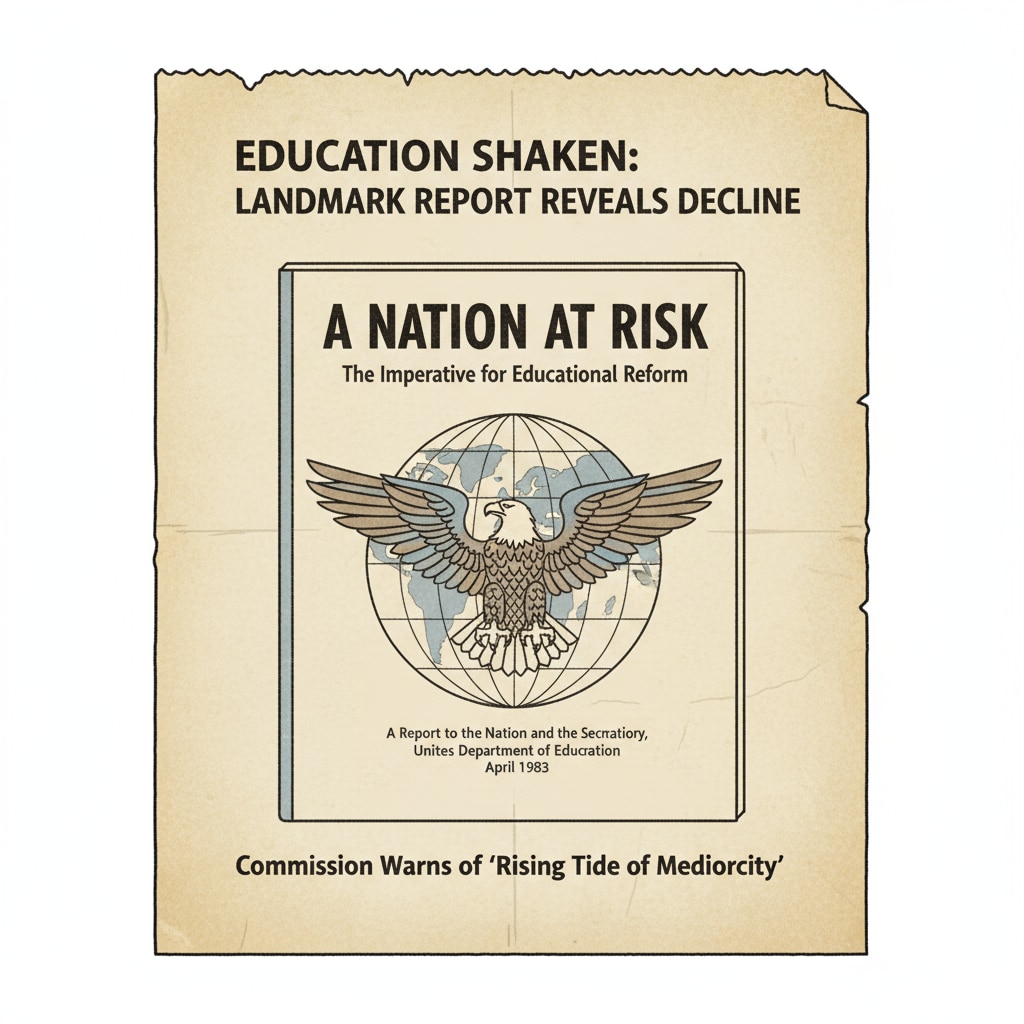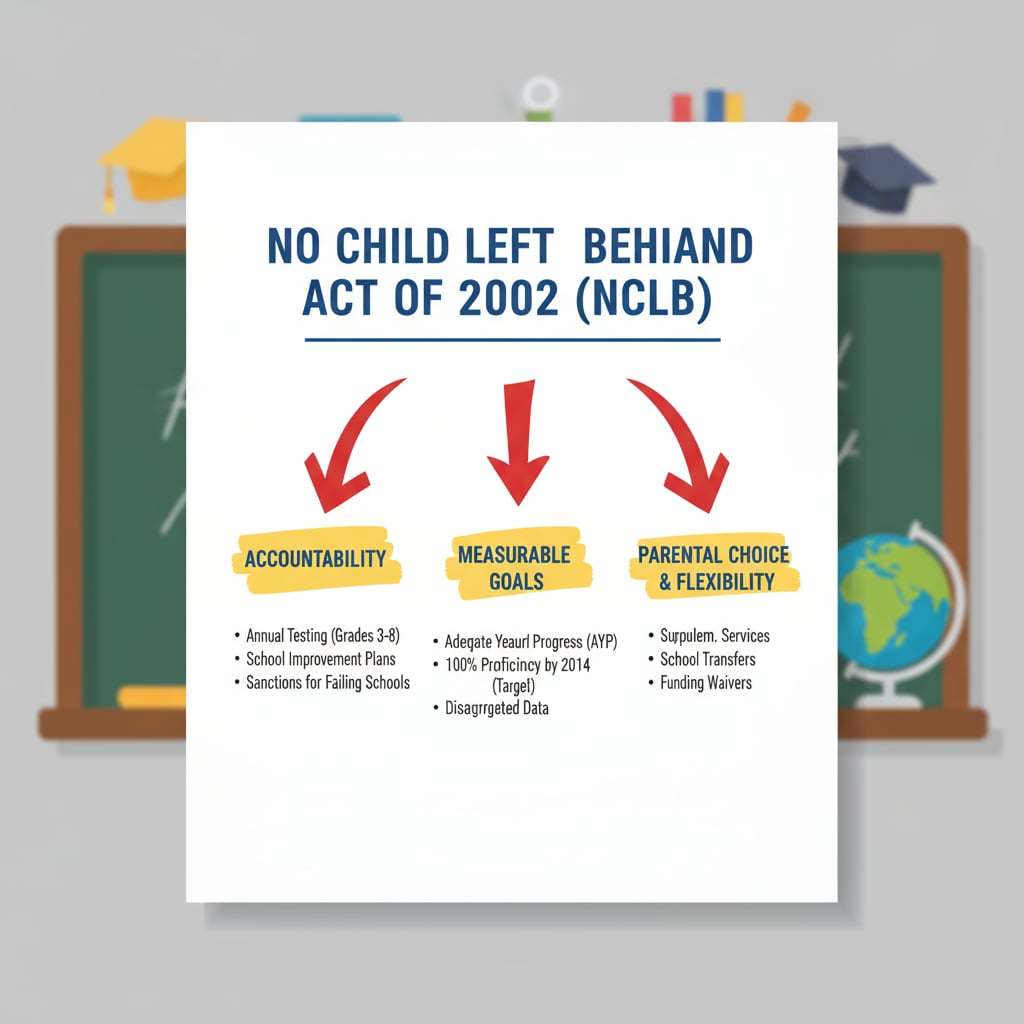The educational accountability system, school leadership, and the NCLB Act have been integral parts of the US education landscape. In recent decades, the evolution of educational accountability in the United States has significantly influenced the relationship between principals and the community in K12 education. This article will explore this evolution and its negative consequences.
The Genesis of Educational Accountability
The modern era of educational accountability in the US can be traced back to the release of the “A Nation at Risk” report in 1983. This report warned of the decline in the quality of American education, stating that the nation was “at risk” due to factors like low student achievement and a lack of rigor in curriculum. As a result, it sparked a wave of reforms aimed at holding schools and educators accountable for student performance. For example, states began to implement standardized testing to measure student progress. “A Nation at Risk” on Wikipedia

The Emergence of the NCLB Act
The No Child Left Behind (NCLB) Act of 2001 was a significant milestone in the evolution of educational accountability. It aimed to ensure that all students, regardless of their background, achieved proficiency in reading and mathematics by 2014. The NCLB Act imposed strict requirements on schools, such as annual testing of students in grades 3 – 8 and once in high school. Schools that failed to meet the set standards faced various sanctions. “No Child Left Behind Act” on Britannica

The NCLB Act had a profound impact on the principal-community relationship. It transformed this relationship into a highly transactional one. Principals were now under intense pressure to meet the testing targets set by the government. As a result, they often focused primarily on test scores, sometimes neglecting other aspects of education that the community might value, such as art, music, and physical education. This led to a growing divide between principals and the community, as parents and community members felt that the educational experience of their children was being narrowed.
In addition, the adversarial nature of the accountability system emerged. When schools did not meet the standards, there were public announcements of failures, which put principals in a difficult position. Community members might blame the principal for the poor performance, leading to a breakdown in trust. Moreover, principals were often caught between the demands of the accountability system and the needs and expectations of the community.
Readability guidance: The key points here are the origin of educational accountability with the “A Nation at Risk” report, the emergence of the NCLB Act, and how these have affected the principal-community relationship. Each of these sections has a clear focus, and the use of examples and external links helps to provide more context. Transition words like “as a result” and “moreover” are used to connect ideas.


